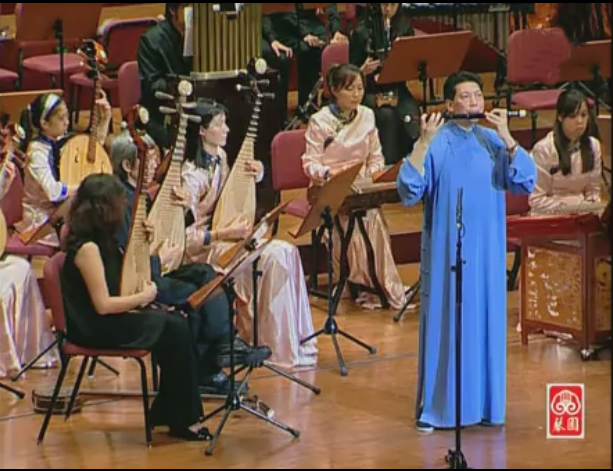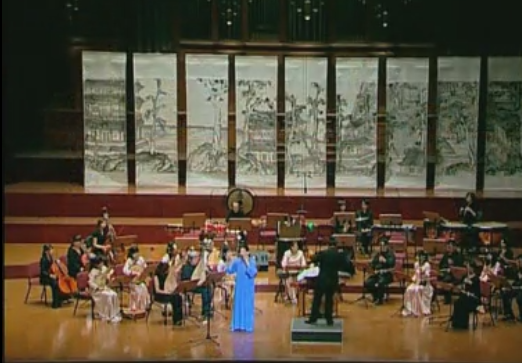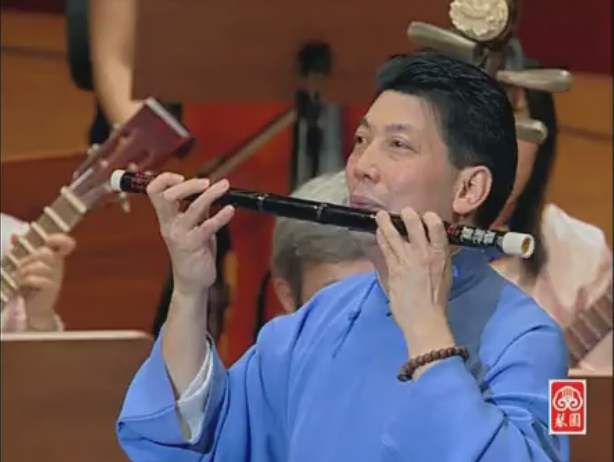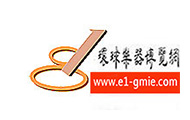吹奏篪管。篪,古代管乐器,形如笛,有八孔
《诗·小雅·何人斯》:”伯氏吹埙,仲氏吹篪。“《史记·范雎蔡泽列传》:”﹝ 伍子胥 ﹞鼓腹吹篪,乞食於 吴市 。”后世行乞或相沿吹篪。 北魏 杨炫之 《洛阳伽蓝记·法云寺》:” 琛 令 朝云 假为贫妪,吹篪而乞。”
吹篪的历史典故
《洛阳珈蓝纪.四》:后魏河间王琛,为人处世有婢朝云,善吹篪,能为团扇歌,陇上声。诸羌外叛,屡讨之不降。琛令朝云假为贫妪,吹篪而乞,诸羌闻之,悉皆流涕,即相率归降。秦民语曰:‘快马健儿,不如老妪吹篪。’” 此典也作“老妪吹篪”,意思是征战不如攻心。篪是我国古代一种管乐器,也就是所谓的竹埙,是一种低音吹奏乐器。据《周礼·郑玄注》:“篪,如管,六孔”;东晋郭璞注《尔雅》:“篪,以竹为之,长尺四寸,围三寸,一孔上出,寸三分,名翘,横吹之,小者尺二寸”,记载篪为6孔(包括上出孔)、底端封闭的一种横吹竹管乐器。从战国初曾侯乙墓出土的大小两件横吹竹管乐器来看,均与文献所述篪的特征相似,而与笛有异。篪,浑厚、文雅而庄重,是我国古代雅乐主要乐器之一。




Chi is an ancient Chinese wind musical instrument, also known as bamboo, which is a kind of bass playing instrument. According to “Zhou Li Zheng Xuan note”: “foreign minister like pipe, six holes”; East Jin Guo Pu “2 Ma”: “diplomatic tools, bamboo for a living, four inches long feet, three inch round, a hole out, three inches, the name warped, two inches”, Aulis (including upward), the bottom is horizontal. The performance of bamboo instruments. From the early days of the Warring States, the size and size of the two horizontal bamboo instruments were similar to those described in the literature, but they were different from flutes. Elegant and solemn, it is one of the main musical instruments of ancient Chinese music.
视频来源网络 !如有侵权 ,请联系删除 论点和本频道无关
Video source network! If there is infringement, please
contact delete.
未经允许不得转载:環球樂器博览网 » 雁南飞 雁飞篪 杜如松演奏 乐队版
 環球樂器博览网
環球樂器博览网.png)
评论前必须登录!
登陆 注册